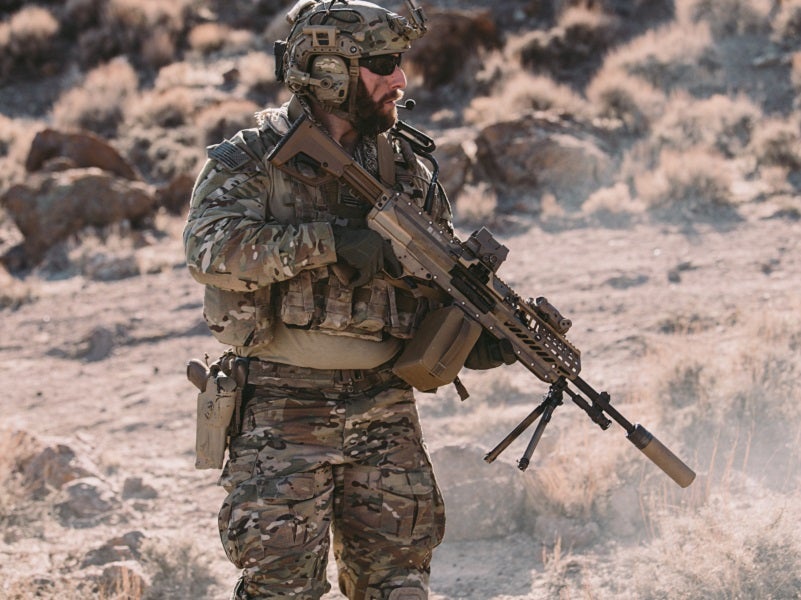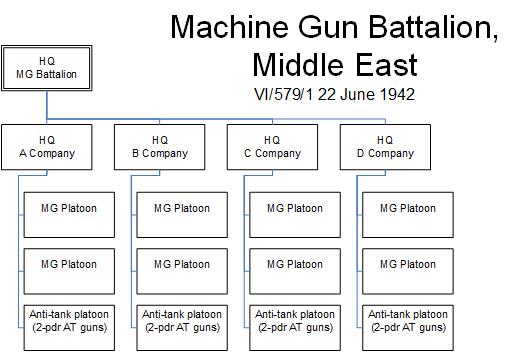- Reaction score
- 24,202
- Points
- 1,260
Gotcha - I had missed that and was totally confused here with that.WRT Shooting the moon - I was talking on another thread about the predicaments in which Biden and Putin find themselves because they pitched grandiose plans and now have to try and salvage some kind of win from their failure to achieve a clear endstate. That is where the salesmanship issue arose.
You using the same analogy in this context confused me. I agree in general that when you start bargaining you should seize as much bargaining room as possible by aiming high.
But back to the issue of tactics.
WRT 4 PBIs wandering the universe seeking direction, we are in full agreement.
How about keeping them in military school a little longer, putting them under a seasoned Sergeant as part of a group of similar dispersed teams under command and control of a Lieutenant and a useful Warrant Officer.
Or follow D&B's experience.
Keeping in mind the British Cpl is the basic equivalent of the CAF Sgt or US Army SSGT.
I as you know am a huge fan of dispersed operations - and small teams.
But I also know what happens when a Layback Patrol under command of the Pathfinder Warrant goes sideways when the WO gets pulled out and the 6 PTE's he was mentoring end up alone to make their own 'plan' (caveat three of us had been M/Cpl's in the Reserves before becoming PPLCI - and we had all gone through PPLCI BSL)
*In my defense I thought it was a fantastic plan at the time. In hindsight it was a RFBI and while we got great training value out of it - we effectively ruined the Res Ex we where supporting.
I have also seen worse lost wanderings, and understand the need for a depth of training and experience in dispersed small unit operations.
I have nothing against a 4-6 man brick as a building block - in fact I think 6 is just about ideal - as it lets you put 6 GIB that are fairly autonomous as to transport method - most SOF Det's went from 4-6 as it allows longer continuous operations when needs - as well as while you can control a room with 4, it doesn't allow for any security front/rear or depth in case of PUC's or Injuries.
6 can also 3x2 or 2x3 in vehicles by themselves if need be.







